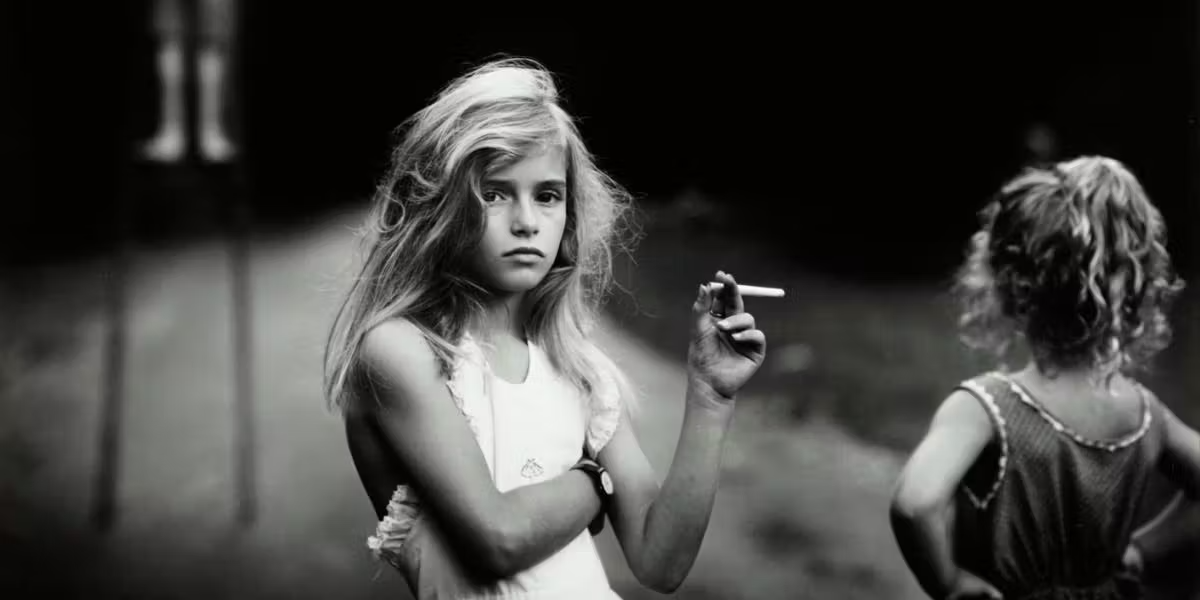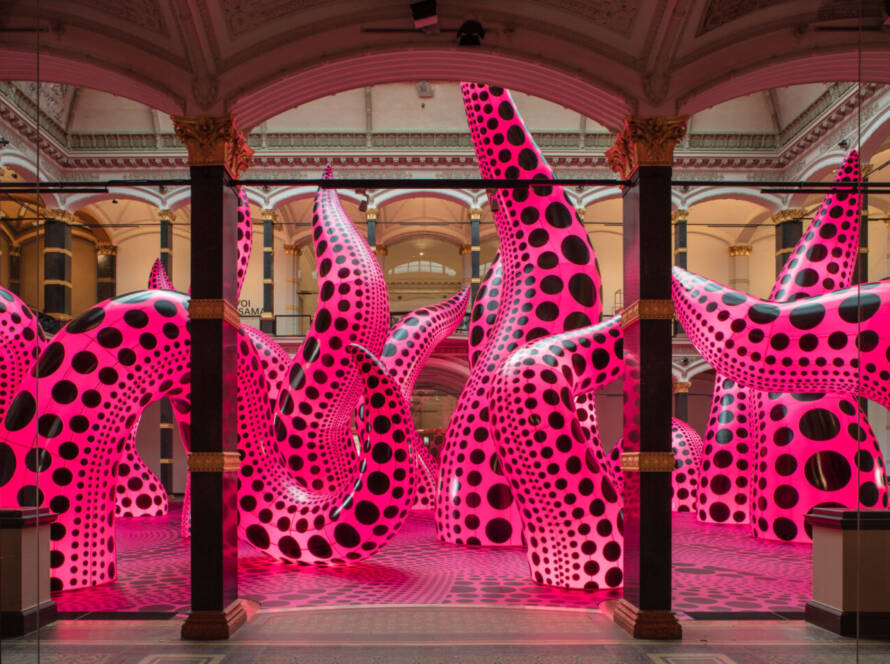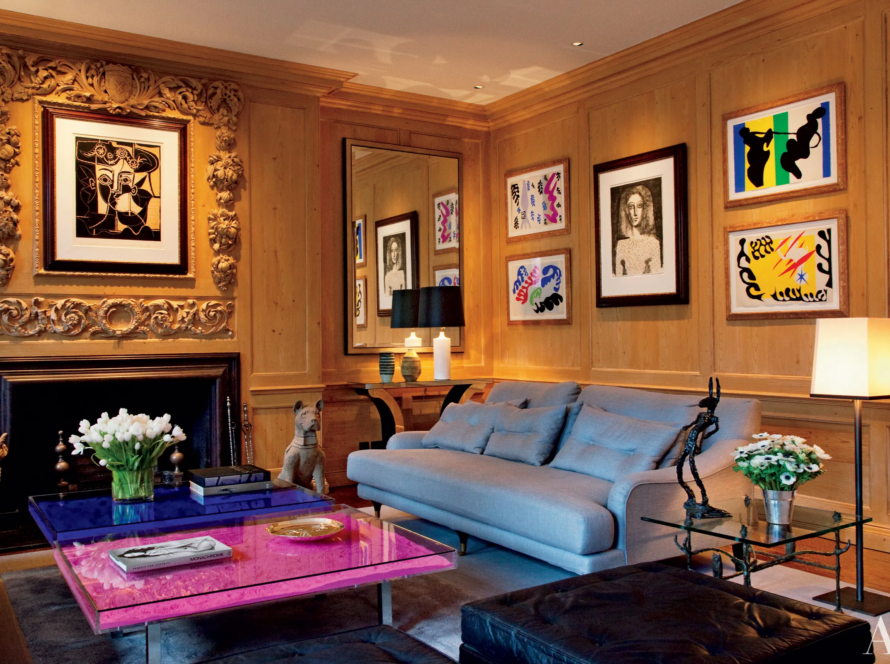In the world of fine art photography, blur is more than an aesthetic choice; it’s an invitation to experience a world just beyond clarity, where form and emotion take center stage. Since the early days of photography, artists have embraced the technique of intentional blur, breaking traditional boundaries to explore time, movement, and emotion within a single frame. This approach has captivated audiences and critics alike, transforming moments of perceived imperfection into powerful expressions of artistic intent.
Origins of Blurred Photography: From Mistakes to Masterpieces
Blurred photography’s origins lie in the early 19th century, when photographers discovered that movement, low lighting, or long exposure times could produce soft, hazy images. Initially, such results were considered mistakes, as the clarity and precision of early portraits and landscapes defined “good” photography. However, the avant-garde movement saw artists deliberately seeking out the “imperfect” as a form of rebellion. Pictorialism, an early photographic movement championed by artists such as Alfred Stieglitz and Gertrude Käsebier, used blur to evoke the painterly quality of Impressionist art, transforming photos into emotional, atmospheric scenes.
This era marked a turning point where the camera moved from a tool of replication to one of interpretation. Artists realized they could manipulate reality to convey depth and subjectivity, creating images that invited viewers to step inside a world softened by the romantic quality of blur.
The Artistic Process: Techniques Behind the Blur
Creating blurred photography is both an art and a science. Modern photographers have expanded techniques to achieve varying degrees of softness and abstraction. Some of the most widely used techniques include:
- Long Exposure: By prolonging the exposure time, photographers capture the passage of time within a single image. Moving subjects or light sources appear fluid and ghostly, resulting in an otherworldly effect that transcends the confines of a single moment.
- Intentional Camera Movement (ICM): In this technique, photographers move the camera during the exposure, creating painterly streaks and patterns. ICM allows artists to capture an abstracted reality that resembles a memory or a fleeting impression, often evoking feelings over specific details.
- Soft Focus Lenses and Filters: Specialized lenses and filters allow photographers to introduce a subtle, dream-like quality to their images. This effect is particularly beloved in portraiture, where a soft focus can enhance the mood and emotion of a scene while maintaining the subject’s integrity.
- Out-of-Focus Techniques: Photographers also experiment by deliberately setting the focal point outside the subject, immersing viewers in a scene that feels mysterious and ambiguous. This technique draws attention to elements like color, light, and shadow, inviting viewers to interpret the image more freely.
Icons of the Blur: Notable Artists Who Embraced Blur in Photography
Throughout the history of photography, several artists have embraced the blurred aesthetic, using it to explore emotions, memories, and the passage of time. Here are a few visionaries who have made significant contributions to this evocative style:
- Bill Jacobson: Known for his subtle, deeply personal explorations of blur, Jacobson’s works invite viewers to see the world through a softly diffused lens. His iconic series, Thought Series, challenges the viewer’s perception, creating a dreamscape that feels like an intimate memory on the edge of clarity.
- Uta Barth: Uta Barth’s photographs are a study in visual perception, often featuring minimal subjects captured in hazy, indistinct forms. Barth explores the interplay between light and shadow, immersing viewers in the quiet, liminal spaces of her compositions. Her work encourages audiences to linger, to see beyond the image, and to experience photography as an emotional space.
- Hiroshi Sugimoto: While not exclusively focused on blurred photography, Sugimoto’s work with long exposure – especially in his Theaters series – captures entire film projections within a single shot, creating images that blur time itself. His work straddles the line between clarity and abstraction, offering an ethereal commentary on permanence and transience.
- Sally Mann: In her exploration of family life and Southern landscapes, Mann often employs vintage techniques and lenses that render her subjects with a soft, almost spectral quality. This approach amplifies the emotional weight of her images, enveloping viewers in a haunting beauty that lingers long after the first glance.
The Enduring Allure of Blur
Blurred photography continues to inspire contemporary artists and collectors alike, offering a powerful testament to photography’s ability to evoke mood, memory, and a sense of place beyond realism. In the digital age, where high-definition clarity often prevails, blur offers a refreshing counterpoint – a reminder of the beauty that lies within mystery and interpretation.
As both an art form and a technical choice, blurred photography reveals layers of meaning and invites us into a space where imagination thrives. By embracing the ambiguity of form and color, these images offer an experience that is both intimate and universal, encouraging us to see the familiar with fresh eyes, to seek emotion over precision, and to celebrate the timeless beauty of the unseen.






